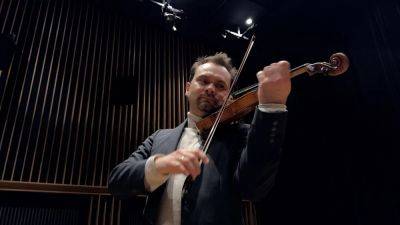'To forget a Holocaust is to kill twice': The liberation of Auschwitz - the Nazi death factory 80 years on
After 80 years, it's still hard to imagine what went through people's minds when they first read about the horrors of Auschwitz.
It wasn't the first extermination camp whose liberation began to expose the horrors of the Holocaust. In the summer of 1944, the Soviet army's rapid advance from the East into occupied Poland uncovered Madjanek, the first major Nazi camp encountered by Allied forces.
By the time the Red Army arrived at its gates, most of the camp had been evacuated, with prisoners and personnel transported west to other concentration camps such as Gross-Rosen, Mauthausen and Auschwitz. Yet thousands of sick and starving who had not been evacuated were still there.
They idled like walking corpses among the piles of bones and the buildings that hadn't been dismantled by the fleeing Nazis in an attempt to hide the evidence of their mass murder. But in their haste to escape before the Soviet troops arrived, parts of the camp - including the gas chambers - were left standing.
It wasn't until Saturday, January 27, 1945, that the advancing Soviets arrived at Auschwitz. Inside its gates, 7,500 prisoners were found still alive, as well as 600 corpses. In the weeks and months following its liberation, newspapers began to report the scale of the horrors of the concentration camps operated by Nazi Germany in Poland.
The first accounts came in the Russian press. Soviet war correspondent Roman Karmen wrote of Madjanek: "This was not a concentration camp; it was a gigantic murder plant."
Describing the barbaric method of extermination he was exposing, Karmen said: "Groups of 100 people would be brought here to be burned almost alive. They already had been stripped and then chlorinated in special gas chambers adjoining. The







